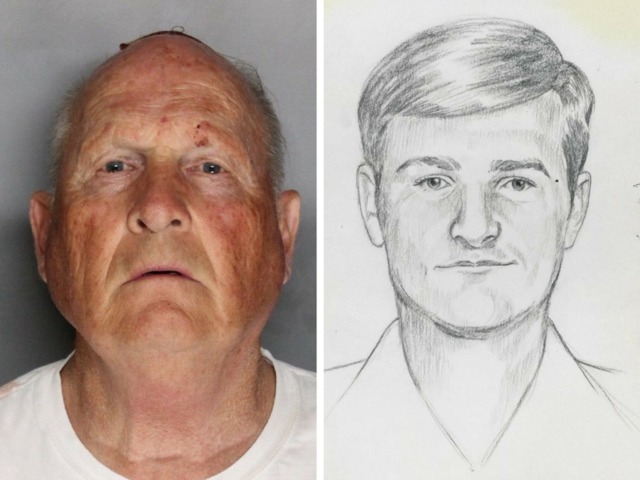Golden State Killer Caught
During the week of April 26th, 72 year old, Joseph James DeAngelo, was apprehended and arrested by California police as the Golden State Killer suspect.
The Golden State Killer was a serial attacker who terrorized California between the years 1976 and 1986. In that decade, there were 12 murders, at least 50 sexual assaults, and more than 120 burglarized homes linked to the GSK. He was known to the public by several names, including the East Area Rapist, the Diamond Knot Killer, and the Original Night Stalker, though the Golden State Killer is what he is most commonly referred to as. Despite the numerous attacks and victims he left behind, the GSK case went unsolved for several decades.
Investigators were able to locate an unusually well-preserved piece of DNA evidence left behind by the GSK at one of his crime scenes several decades ago. Though there wasn’t much analysis they could have done back then, scientists were able to make a DNA profile of the killer using modern technological advances in DNA analysis. They created the profile, but the issue was how to use it to their advantage.
Investigators set up a profile on GEDMatch, a sight created in 2011 for people to use their DNA profiles (previously gathered by larger companies such as 23andme) to locate and contact distant relatives. They were able to locate DeAngelo because GEDMatch matched his profile with the profile created by police.
While some praise investigators for finding such a violent offender, others wonder if the ends justify the means. Did investigators have the right to use GEDMatch for their investigation?
When creating a GED profile, the user must specify that the DNA profile they are setting up is their own or that they are a parent/guardian of the person in the profile. If not, the user must get special permission from the sites creator. Blaine Bettinger, a lawyer associated with GEDMatch, told New York Times reporters that while investigators using the site isn’t exactly a violation of the sites codes and policies, that is not what the site is for.
“The purpose was to make these connections and to find these relatives, it was not intended to be used by law enforcement to identify suspects of crimes”.
On top of being a match to the DNA left at the crime scenes decades ago, DeAngelo also matches the original criminal profile of the Golden State Killer; someone with experience in law enforcement and the US military.
Several pieces of evidence found at the crime scenes point to the Golden State Killer having some kind of law enforcement or military training. He was patient, stalking his victims and learning their routines before planning out an attack. He always waited until night to attack. In one reported encounter, the killer waited in the victims closet until she and her husband fell asleep. The killer woke the victims up by shining a flashlight at them, and when the husband reached for his gun, the killer opened his hand to reveal the bullets. He had previously emptied the gun, anticipating that the husband would try to use it. The patience and anticipation displayed by the killer is a trait commonly found in people after having some sort of military or law enforcement experience. On top of his patience, the knots that the Golden State Killer used to tie up his victims are commonly taught in military training.
DeAngelo had fought in the US Navy during the Vietnam war on a ship called the Canberra. On top of this, DeAngelo was a police officer with the Exeter police department from 1973-1976. The same year that the first attack took place, DeAngelo transferred to the Auburn police department, located 20 miles northeast of Sacramento. He was fired from Auburn in 1979 for stealing dog repellent and a hammer from a drug store.
The location of the murders in relation to where DeAngelo lived also gave investigators the feeling that he is the Golden State Killer. From the beginning of the investigation, detectives had the feeling that the case would end close to where it started. They always believed that the Golden State Killer lived near or in his hunting ground. At the time of his arrest, DeAngelo was living with his daughter and granddaughter in a home in Citrus Heights, northeast of Sacramento. The first 15 reported GSK attacks happened in Sacramento, 4 in Citrus Heights, and it wasn’t until 1978 (after at least 30 attacks) did any of the attacks take place outside of that area.
Family members and victims are relieved to hear that they might finally get some justice. Michelle Cruz White was choked up on the phone with reporters, admitting that it was the first time she had broken down since she found out that her sisters rapist and murderer may have been caught. She told BBC that it felt like she could breathe for the first time in 32 years, and that her sister could finally rest in peace.
“All his secrets are going to be told to the world. He can no longer hide and die in peace. We did it. He’s where he needs to be”.
Image Source:
https://www.abcactionnews.com/news/national/after-a-more-than-40-year-search-authorities-think-they-have-the-golden-state-killer-in-custody










